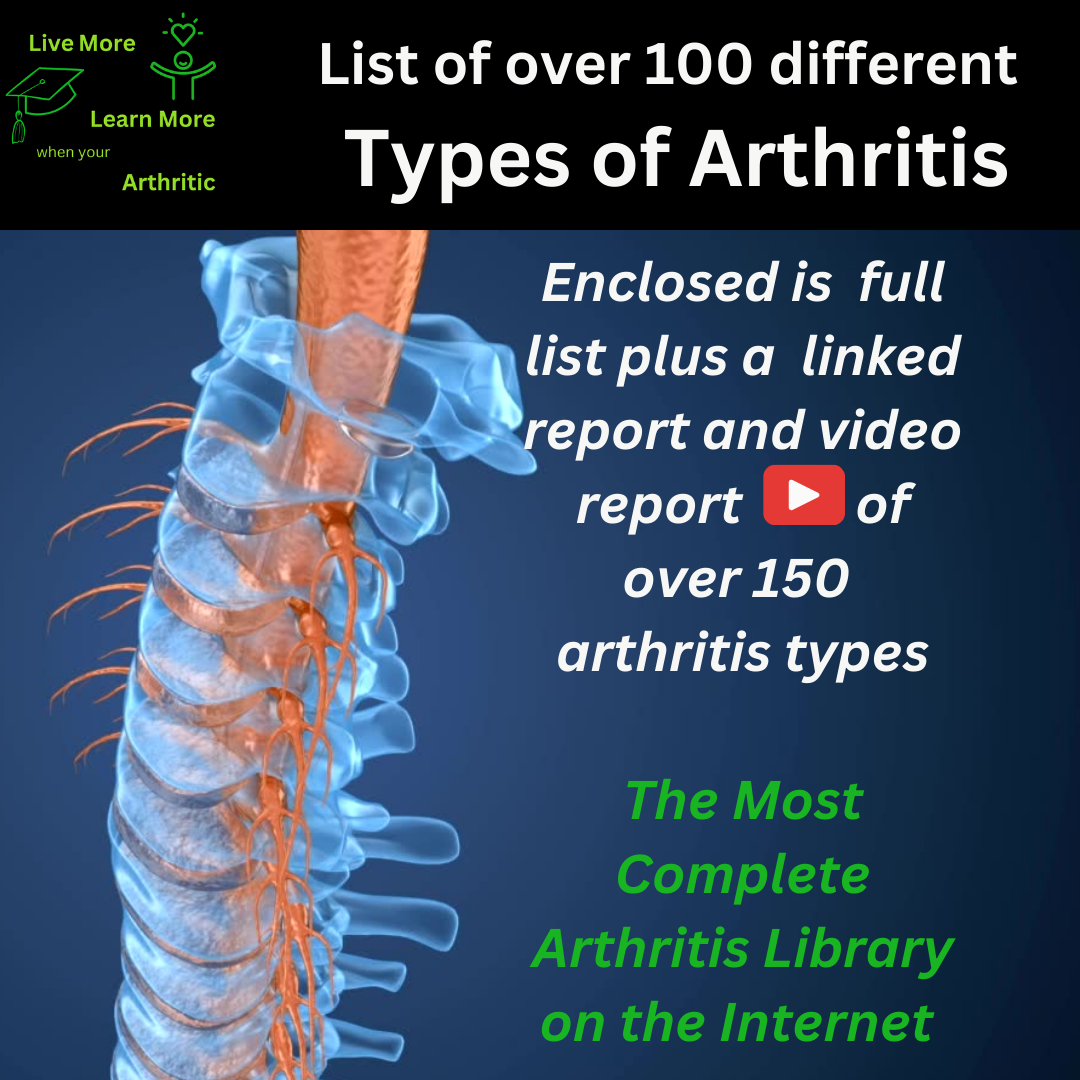
Raynaud’s Phenomenon: Number 107 of around 150 types of Arthritis
Exploring Raynaud’s Phenomenon: A Journey Through the Chills
Raynaud’s Phenomenon is a fascinating yet sometimes chilling condition that affects the body in curious ways. Let’s delve into its impacts, starting with the areas of the body most commonly affected.
 Affected Areas: From Fingertips to Toes
Affected Areas: From Fingertips to Toes
This condition primarily targets extremities, such as fingers and toes, often leading to a sequence of color changes—from white, due to restricted blood flow, to blue or even purple as oxygen levels drop, and finally red as circulation returns. Although hands and feet are most commonly affected, Raynaud’s can also influence ears, nose, nipples, and even lips.
Remission and Relapse: A Fluid Phenomenon
Raynaud’s Phenomenon is known for its unpredictable nature. Remission can occur spontaneously, particularly in cases associated with underlying conditions such as systemic sclerosis. However, relapses are frequent, often triggered by cold temperatures or stress.
Understanding the Disease: Nature and Origins
This condition stems from hyperreactivity of blood vessels to cold or emotional stress, causing excessive narrowing (vasospasm) that restricts blood flow. Although often idiopathic (of unknown cause), it can be secondary to other diseases like systemic sclerosis, lupus, or rheumatoid arthritis.
Triggers: From Frosty Winds to Emotional Storms
The causes of Raynaud’s remain elusive, but triggers are more apparent. Exposure to cold temperatures is a common catalyst, along with emotional stress. Caffeine and certain medications can also induce episodes.
Symptoms: A Kaleidoscope of Reactions
The hallmark symptom of Raynaud’s is color changes in affected areas, but others include numbness, tingling, and pain. The sensation can be alarming, often described as fingers turning to ice or feeling like blocks of wood.
Onset and Ages: Who’s Most at Risk?
Raynaud’s typically appears between ages 15 and 30, but it can affect anyone at any age. Women are more prone, with hormonal factors likely contributing.
Is it Arthritis? Exploring Joint Involvement
Raynaud’s is distinct from arthritis, but some associated conditions like scleroderma can involve joint inflammation. However, primary Raynaud’s primarily affects blood vessels, not joints.
Complications: Beyond the Chills
Complications of Raynaud’s include digital ulcers, which can be painful and challenging to heal. Chronic episodes may lead to skin thickening or even tissue death (gangrene) in severe cases.
Embracing Life: Proactive Approaches to Raynaud’s
While there’s no cure, proactive measures can significantly enhance quality of life. Lifestyle adjustments like staying warm, managing stress, and quitting smoking can lessen symptoms. Regular exercise, particularly aerobic activities that boost circulation, is beneficial.
Connecting the Dots: Raynaud’s and Related Conditions
Raynaud’s is often linked with autoimmune disorders like lupus and scleroderma, where the immune system mistakenly attacks healthy tissues. Recognizing these connections can aid in comprehensive disease management.
Complications and Coexistence: Navigating the Interconnected
Complications of Raynaud’s include increased susceptibility to frostbite and compromised wound healing. Additionally, the condition often coexists with autoimmune diseases, emphasizing the importance of holistic medical evaluation.
 Ages and Affects: Understanding the Demographics
Ages and Affects: Understanding the Demographics
Raynaud’s predominantly affects women, especially in their childbearing years, though men can also experience it. The condition respects no age boundaries, from teenagers to seniors.
Closing Thoughts: A Spectrum of Possibilities
In conclusion, Raynaud’s Phenomenon presents a spectrum of challenges and adaptations. By embracing proactive measures and understanding its interconnected nature, individuals can navigate this fascinating yet often chilly journey with resilience and warmth.
